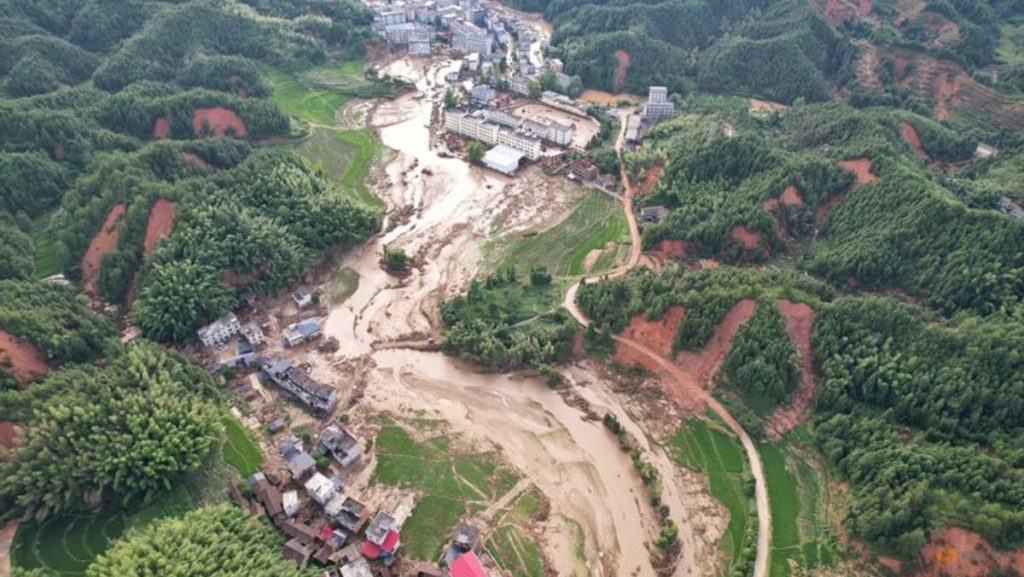In late July, Typhoon Gaemi caused heavy downpours in China, particularly affecting the hilly, landlocked Hunan province. Nearly 300,000 people were evacuated, and public transport in eastern China was suspended. This extreme weather event was part of a summer of harsh weather in China, with heavy rains in the east and south, as well as heat waves in the north. The province of Shaanxi also experienced heavy rain last month, leading to a tragic bridge collapse that resulted in the loss of at least 38 lives.
China has been facing the consequences of being the world’s largest emitter of greenhouse gases, which are contributing to climate change and making extreme weather conditions more frequent and intense. The country’s role in driving climate change has been a major factor in the increasing severity of natural disasters in the region. The government has been working to address the challenges posed by climate change, but there is still much to be done in order to mitigate the impact of extreme weather events on the population.
The devastating effects of Typhoon Gaemi and the subsequent heavy rains in Hunan province have highlighted the vulnerability of certain regions in China to extreme weather events. The government has responded by evacuating residents and suspending public transport to ensure the safety of the population. These efforts are crucial in managing the fallout from extreme weather events and preventing further loss of life in the future.
The collapse of the highway bridge in Shaanxi province serves as a tragic reminder of the destructive power of natural disasters and the importance of infrastructure resilience in the face of extreme weather events. The government will need to prioritize infrastructure improvements and disaster preparedness measures to protect the population from similar incidents in the future. This tragic event also underscores the urgent need for action on climate change to reduce the frequency and severity of extreme weather events in the region.
As the world continues to grapple with the impacts of climate change, China’s role as a major emitter of greenhouse gases will be a key factor in shaping the future of global climate action. The country’s efforts to reduce emissions and transition to renewable energy sources will be vital in mitigating the effects of climate change and reducing the frequency of extreme weather events. It is crucial for China to take decisive action to address its contribution to climate change and work towards a more sustainable future for all.
Despite the challenges posed by extreme weather events and the impact of climate change, there is hope for a more resilient and sustainable future. By implementing robust adaptation and mitigation strategies, investing in infrastructure improvements, and transitioning to cleaner energy sources, China can lead the way in addressing the root causes of climate change and building a more secure future for its citizens. Collaboration with other countries and international organizations will also be crucial in tackling the global challenges posed by climate change and ensuring a more sustainable future for all.


